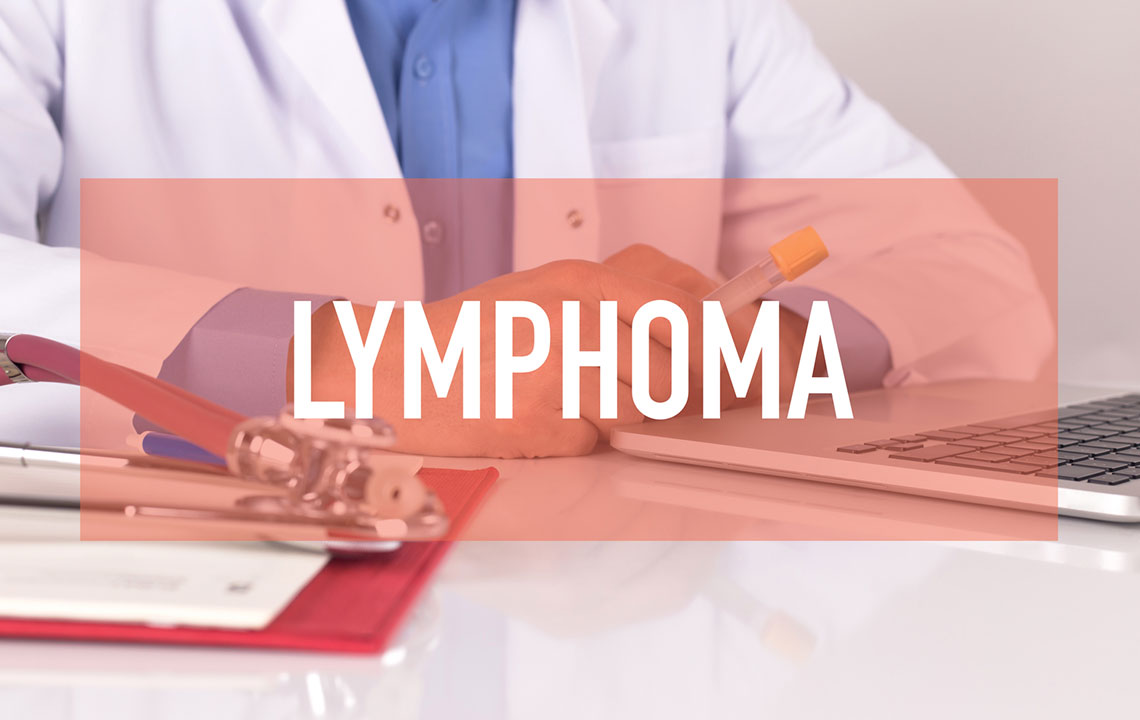Symptoms of Adult Non-Hodgkin’s Lymphoma and Their Remedies
The bone marrow produces lymphocytes that protect our body from pathogens, maintain fluid levels, and remove waste from the bloodstream. And the type of cancer that begins in these cells is called non-Hodgkin’s lymphoma. Such a disease has a direct effect on the immune system, and its stages are determined according to the symptoms experienced by patients. Today, we take a look at the various symptoms of non-Hodgkin’s lymphoma in adults and the treatments involved.

Symptoms of adult non-Hodgkin’s lymphoma
Most adults with non-Hodgkin’s lymphoma may have one or more swollen nodes in their neck, armpits, or groin. In rare cases, an enlarged or swollen node can appear in the elbow, near the tonsils, throat, or ears. Other common The most Here are some of the symptoms that are common to all these types are
Fever
Excessive sweating
Loss of appetite
Weight loss
Frequent infections
Easy bleeding and bruising
Itching
Swollen or enlarged lymph nodes are also one of the most common symptoms and early signs of non-Hodgkin’s lymphoma. Such swelling typically forms under the skin and does not cause any form of discomfort or pain. These symptoms of non-Hodgkin’s lymphoma in adults can be seen above the collar bone, neck, groin, and the under and side arms. Some infections also cause swelling of the lymph nodes, which should be checked early to confirm or rule out the possibility of cancer. Symptoms of non-Hodgkin’s lymphoma in adults may differ on the basis of where the cancer has formed. Here are a few examples:
Abdomen
If adult non-Hodgkin’s lymphoma forms in the abdomen, it can cause enlargement of the liver and spleen. The symptoms caused in this case are swelling and pain.
Stomach or intestines
Nausea and vomiting are the early warning symptoms of non-Hodgkin’s lymphoma that begins in the stomach or intestines.
Vena cava
If the non-Hodgkin’s lymphoma begins in this large vein in the upper chest area, one may have breathing troubles and swelling in the arms, legs, or head.
Chest
Non-Hodgkin’s lymphoma in the chest can cause breathing problems, pain, pressure, and cough.
Brain
If the non-Hodgkin’s lymphoma starts in the brain, frequent headaches are one of the noticeable early symptoms. It could be accompanied by weakness, seizures, confusion, inability to gather one’s thoughts, and personality changes.
Skin
Non-Hodgkin’s lymphoma in the skin causes itchy bumps that may be red or purple.
B symptoms are a group of specific symptoms of non-Hodgkin’s lymphoma. The classification helps doctors stage cancer and give a clearer and more accurate patient prognosis. Common B symptoms of non-Hodgkin’s lymphoma include
Frequent fever, without any obvious infection
Loss of more than 10% body mass
Night sweats
Treatment of non-Hodgkin’s lymphoma in adults
Doctors use a variety of imaging and diagnostic tools to identify the location of cancer, its type, and the stage. Once they clearly understand these parameters, they decide on the treatment on the basis of the patient’s current health condition and age. A team of health care professionals like oncologists, rehabilitation specialists, and hematologists will convene and decide on a treatment plan that best suits the patient. Doctors combine one or more options from the standard adult non-Hodgkin treatment procedures, which include
Antibiotic therapy
Chemotherapy
Immunotherapy
Plasmapheresis
Radiation therapy
Stem cell transplant
Surgery
Targeted therapy
Watchful waiting
Doctors may also talk to patients and their families to participate in clinical trials to ascertain the efficiency of a new treatment or a combination of therapies. They also talk to the patients in detail about the possibility of success or failure of a trial and possible side effects. Patients who participate in clinical trials may continue receiving the standard treatment. They will be among the first few to receive a new treatment. Some of the ongoing clinical trials for non-Hodgkin lymphoma treatment are vaccine therapies, genetic testing, chemotherapy, and bone marrow or stem cell transplantation.
If an expecting mother is diagnosed with adult non-Hodgkin lymphoma, doctors decide on the best treatment plan as per her wishes, the stage of cancer, and the age of the fetus. They will very carefully monitor the health of the mother as well as the baby, and accordingly, they will choose the treatment as cancer progresses to prevent any harm to the baby.
Treatment for adult non-Hodgkin lymphoma, like that for any other cancer, may cause side effects. For this condition, doctors call these as late effects. These issues that arise from adult-non Hodgkin lymphoma treatment may continue for many months after the course is completed. Some of the common late effects are
Heart issues
Fertility issues
Loss of bone density
Nerve damage or neuropathy
Formation of secondary cancers in the lungs, brain, kidney, or bladder
Higher risk of other primary cancers like melanoma, Hodgkin lymphoma, acute myeloid leukemia




